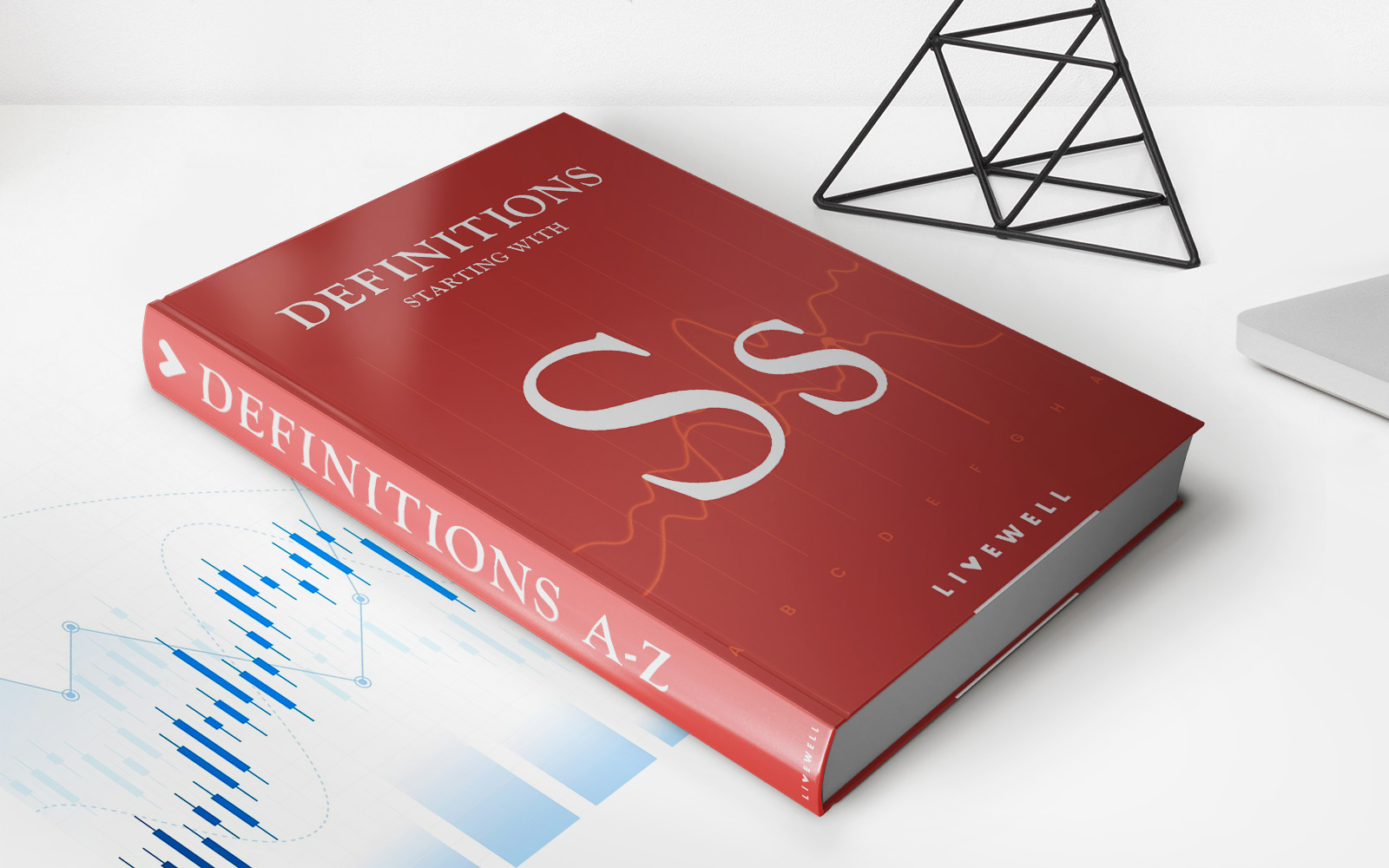Home>Finance>Heteroscedasticity Definition: Simple Meaning And Types Explained


Finance
Heteroscedasticity Definition: Simple Meaning And Types Explained
Published: December 4, 2023
Discover the meaning of heteroscedasticity in finance and explore its various types. Gain a clear understanding through our simple explanation and enhance your financial knowledge.
(Many of the links in this article redirect to a specific reviewed product. Your purchase of these products through affiliate links helps to generate commission for LiveWell, at no extra cost. Learn more)
The Basics of Heteroscedasticity in Finance
Finance is a vast and complex field, encompassing numerous concepts and techniques that may seem overwhelming to those who are not familiar with its intricacies. One such concept is heteroscedasticity, a term that may sound complex at first but can be easily understood with a bit of explanation.
In this blog post, we will demystify heteroscedasticity by providing a simple definition and explaining the different types. By the end, you will have a clear understanding of this concept and how it affects financial analysis.
Key Takeaways:
- Heteroscedasticity refers to the unequal dispersion of variable values in a financial dataset.
- It can affect the accuracy of statistical models and predictions, making it an important consideration in financial analysis.
What is Heteroscedasticity?
Heteroscedasticity is a statistical term that describes the unequal dispersion of variable values in a dataset. In simpler terms, it refers to situations where the variation in the dependent variable, such as stock prices or interest rates, isn’t consistent across different levels of the independent variable, such as time or economic factors.
But what does this mean in practice? Imagine you are analyzing stock prices over time, and you notice that the variability of returns is much larger during market downturns compared to periods of stability. This difference in variability is an example of heteroscedasticity.
Now that we have a general understanding of heteroscedasticity, let’s dive into the two main types:
1. Conditional Heteroscedasticity
Conditional heteroscedasticity, commonly known as ARCH (Autoregressive Conditional Heteroscedasticity), refers to a situation where the variance of a variable is correlated with its past values. In other words, the previous values of a variable can influence its current level of dispersion or volatility.
This type of heteroscedasticity is often observed in financial time series data, where volatility clusters and tends to increase after extreme market shocks or economic events.
2. Generalized Heteroscedasticity
In contrast to conditional heteroscedasticity, generalized heteroscedasticity refers to a situation where the variance of a variable is related to other independent variables, rather than just its own past values. This type of heteroscedasticity is often encountered in cross-sectional financial data, where the dispersion of variables varies for different groups or categories.
For example, if you are studying the relationship between income and expenditure in a sample of households, you might find that the variability of expenditures differs significantly between high-income and low-income households. This difference in variability would indicate the presence of generalized heteroscedasticity.
Conclusion
Heteroscedasticity is an important concept to understand in finance, as it can affect the accuracy of statistical models and predictions. By recognizing the presence of heteroscedasticity and employing appropriate techniques to address it, financial analysts can obtain more reliable results and make better-informed decisions.
Key takeaways from this blog post include:
- Heteroscedasticity refers to the unequal dispersion of variable values in a financial dataset.
- It can be classified into conditional heteroscedasticity and generalized heteroscedasticity.
By deepening your knowledge of heteroscedasticity, you can enhance your understanding of financial data and improve your analytical skills in the field of finance.














